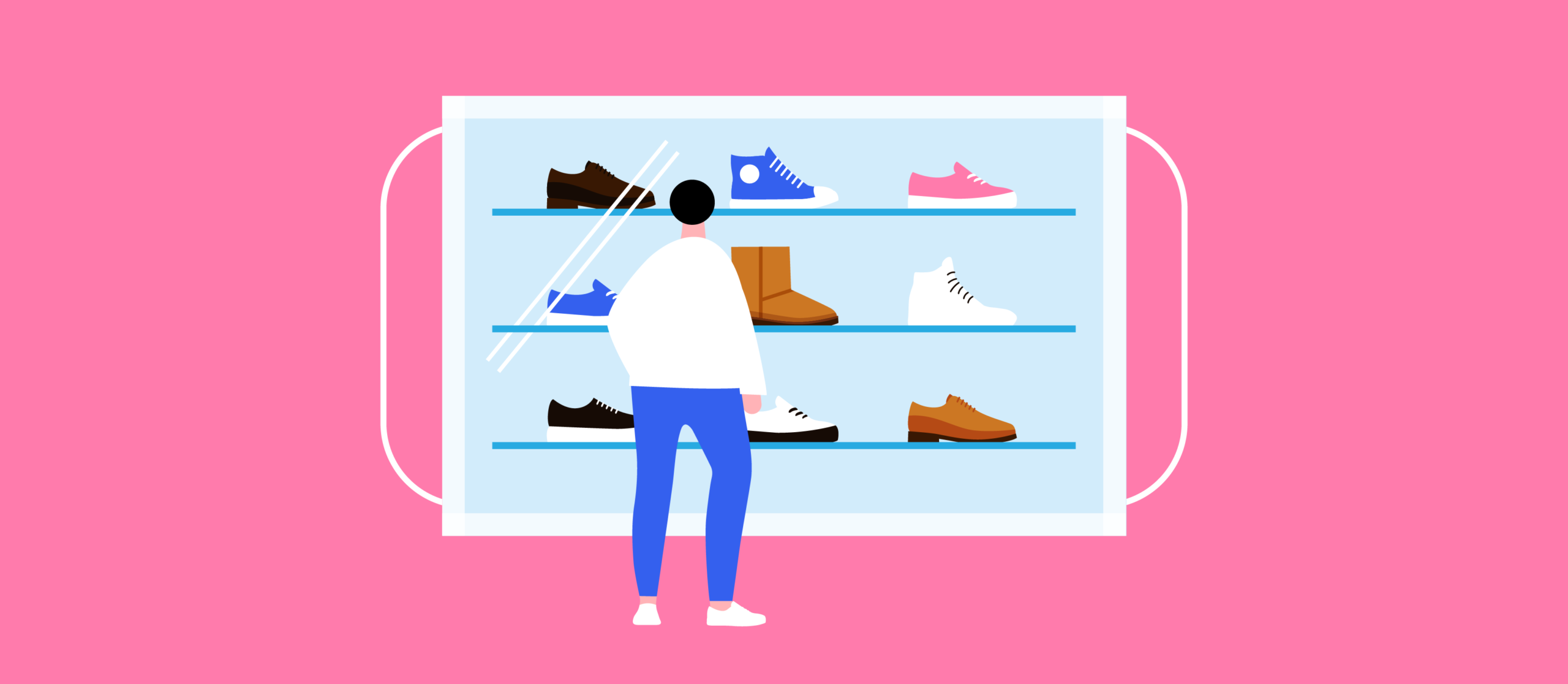June 14, 2022 — Article
The great retail pioneers knew shopping was entertainment and created experiences that appealed to the senses. Yet much of today’s retail is a watered-down version that is purely transactional. Mary Winter makes a case for bringing back bold retail.
Retail has been practical for a long, long time. Big box stores have concentrated on the fundamentals such as range, location and price. The needs of investors have become a priority over the last two decades and doing things cheaper, leaner and more efficiently has been a focus. Online channels have concentrated on making navigation and delivery fast and seamless.
Covid also forced retail to become highly functional as the world changed in lockdowns and social distancing. Practicality around delivery and safety was all important. And as we became increasing confident and accepting of online shopping, we were also lulled into a transactional retail world.
In all this practicality, retail has forgotten some of the fundamental human drivers of shopping, such as the need for surprise, spectacle, inspiration, destination and entertainment.
Now is the time for retail to get bold once more.
Bring back the spectacle
It is worth revisiting history to remember what great retail can achieve.
One of the greatest retail visionaries was Harry Gordon Selfridge. Selfridge was a talented retail entrepreneur who knew shopping in an urban context is entertainment.
He designed the retail experience to be one where people wanted to be seen and to meet. He created an environment where filmmakers could set a movie, where stars wanted to be photographed and where children pestered their parents to go. He made shopping fun.
In the 1920s and 1930s, the roof of the eponymous Selfridges store had terraced gardens, cafes, a mini golf course and an all-girl gun club. Customers were allowed access to the roof which hosted fashion shows and it was a great place for a stroll after shopping.
Selfridges had educational and scientific exhibits and was the place of firsts such as the launch of television. Selfridge surprised people with things like placing the plane from the word’s first cross channel flight in the store. He also wove the store into the community making the Selfridges basement an air raid shelter during the war.
When you consider great retail entrepreneurs such as Selfridge who developed the department store and re-wrote shopping history, today’s shopping experience feels like a watered-down version that is purely transactional.
Stores with sensuality
It is time to think of shopping as sensual again.
We tend to think of a digital experience as lively, mainly because of gaming and entertainment. However, the digital medium is not very sensual at all. It engages the eyes mainly and nothing much more.
Studies have been done to calculate the sensual variables of nature verses the digital environment. Nature contains the most variables – sounds, temperature, noises, smells, weather and visual variations like colour subtlety.
The concept of ‘loose parts theory’ argues creativity, imagination and learning in children is aided by being exposed to the maximum ‘loose parts’. Basically, the more variables you are exposed to the greater your chances of development. Nature contains more ‘loose parts’ and is therefore more educational than looking at screens.
Early department store entrepreneurs realised placing perfumes and cosmetics at the entrance of the store was critical in enticing people to explore, imagine and stay. It became the classic department store formula because smelling things and seeing colours and textures was setting the scene as customers entered.
Today, I yearn for the sensuality of shopping. Sensuality makes us feel special and indulged.
In an urban world, many look to retail to replace nature; to provide those ‘loose parts’, that is, the sights, sounds, smells and visual variation that give the inspiration to curate our identities and lifestyle.
There is just something about the playing of the grand piano in David Jones in Sydney that beats many other retail moments.
Surprise and delight
Covid has worn us out and the war in Ukraine means our hearts are still sinking. In this emotional down mood what can retail do to bring happiness into our lives? The original department store entrepreneurs knew that their role was to create an emotional experience.
Online shopping is sometimes so unemotional, it’s a chore. What can we do to inject emotions like envy, jealousy, desire, temptation and so on back into retail again? How can we surprise?
Long ago there was nothing much to compete with in retail except the shop window. This creative display that made people stop and look was pivotal.
I remember at art school where I first started studying, artists aspired to be window dressers as it could be a creative outlet. There were many variables and ‘loose parts’ that could be used.
Spectacle and surprises are rare in retail and yet this is such a fundamental human drive.
Practicality has its place but there’s also a massive opportunity right now for retailers to get bold. And I, for one, would love to see that.
–
This article first appeared in Inside Retail.





